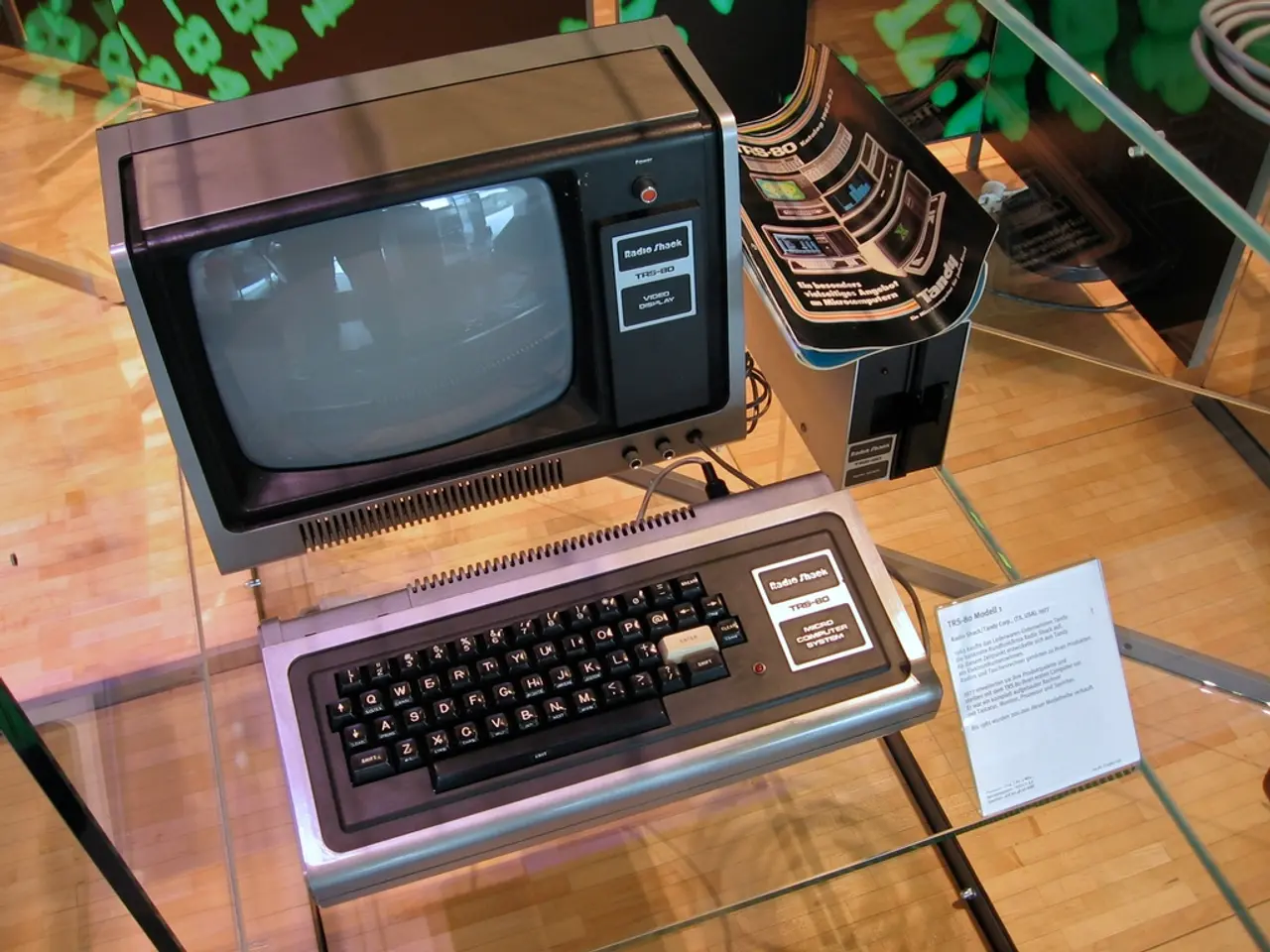Arms-related operations are migrating to higher levels within the end-to-end silicon architecture, with a focus on integration at the end point.
Arm, the British semiconductor company known for its Armv9 architecture, is planning a significant expansion of its Compute Subsystems (CSS), chiplet technology, and end-to-end solutions. This move is expected to notably strengthen Arm's position in the server market.
Leadership in Chiplet-Based Architecture
Arm is accelerating the transition to chiplet-based designs through its CSS platforms and the Arm Total Design ecosystem. This ecosystem supports more integrated, complex system-on-chip (SoC) designs by enabling chiplet aggregation and disaggregation, improving modularity and customization. Arm is also fostering an open chiplet marketplace with multi-vendor standards, enhancing reusability and reducing design costs.
Leading cloud AI SoCs, such as Nvidia's Grace Hopper and AWS's Graviton 4, already use Arm Neoverse CPU cores and chiplet designs, underscoring Arm's established role in this ecosystem.
AI Integration into CPU Architecture
Arm is embedding AI capabilities directly into its CPU ISAs, particularly through Armv9’s Scalable Vector Extensions 2 (SVE2) and Scalable Matrix Extension (SME), which accelerate matrix-heavy AI workloads such as large language models and generative AI. The goal is to enable 80–90% of AI inference workloads to run efficiently on Arm CPUs, simplifying software development by providing a consistent platform.
Strategic Collaborations and Ecosystem Scale
Arm's ecosystem features over 70,000 enterprises running AI workloads, with strategic partnerships involving major cloud and AI players like AWS, Meta, NVIDIA, Microsoft, SoftBank, and OpenAI. The CSS enables seamless integration of general-purpose compute and AI accelerators, underpinned by efforts like the NeoVerse architecture for AI and general compute convergence.
Geographic and Market Expansion
Arm's increasing market share in data centers (approaching 50%) and rising revenue contribution from regions like China (growing to 21%) demonstrate its expanding global footprint. Arm's compute subsystems and chiplets are positioned to address premium and mid-range server segments with next-generation v9 platforms.
Impact on the Server Market
- Arm’s modular chiplet approach and comprehensive CSS platforms lower barriers to customized SoC designs for servers, enabling cloud providers and silicon vendors to innovate at lower cost and faster time-to-market.
- By deeply integrating AI into CPUs, Arm ensures that servers can efficiently handle accelerating AI workloads without fragmenting software ecosystems, potentially capturing a larger share of AI and general-purpose cloud server demand.
- The growing ecosystem, partnerships, and geographic expansion strengthen Arm’s competitive position against established x86 architectures, fostering greater server market penetration especially in AI and cloud data centers.
- An end-to-end solution would provide customers with a complete chip design they could take to a fab, without much development work.
Arm has signed 16 CSS licenses with ten companies, more than double the count from a year ago, and has not announced any specific plans for designing and selling its own server processor, but there has been persistent talk in the industry about such a move. However, recent developments suggest that Arm is gearing up for a significant shift in the server market toward Arm-based chips powered by advanced compute subsystems and chiplet architectures.
[1] Arm Press Release: [Link to Press Release] [2] Arm Blog Post: [Link to Blog Post] [3] Arm Whitepaper: [Link to Whitepaper] [4] Arm TechCon Presentation: [Link to Presentation]
- Arm's strategic expansion into chiplet technology through its Compute Subsystems (CSS) andArmv9 architecture is expected to lower barriers for customized system-on-chip (SoC) designs in the server market, enabling cloud providers and silicon vendors to innovate at lower cost and faster time-to-market.
- With the integration of AI capabilities directly into its CPU ISAs, such as Armv9’s Scalable Vector Extensions 2 (SVE2) and Scalable Matrix Extension (SME), Arm aims to enable more AI inference workloads to run efficiently on Arm CPUs, simplifying software development for cloud data centers.
- Arm's partnerships with major players in the cloud, AI, and technology sectors, including AWS, Meta, NVIDIA, Microsoft, SoftBank, and OpenAI, further facilitate the integration of general-purpose compute and AI accelerators, positioning Arm for greater server market penetration, particularly in AI and cloud data centers.




